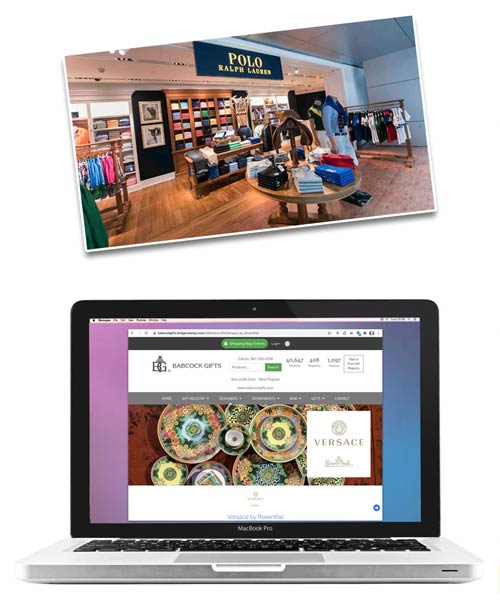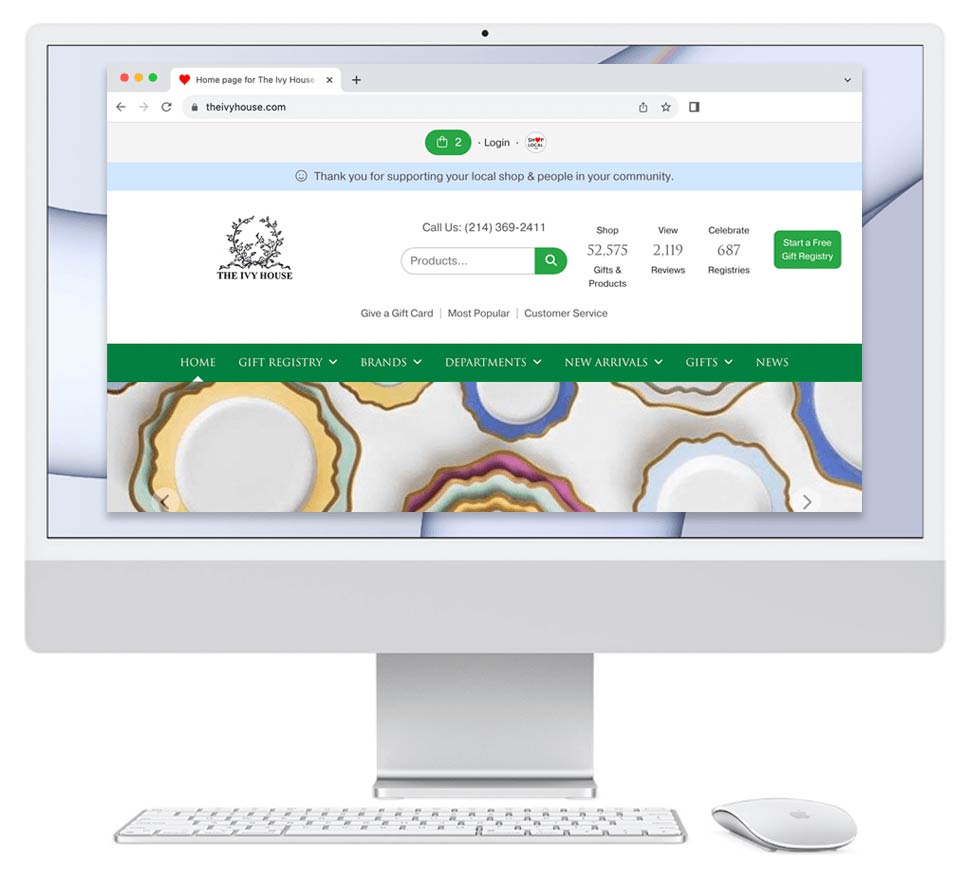Promote your products on the websites of 1,400+ of America's best indie stores — plus any of your authorized dealers.
Syncing is a marketing service that displays your product catalog online for your respective authorized retailers. Promote unlimited products on an unlimited number of your stores' websites. You choose which stores.
- Load products to your account and they will appear instantly in approved retailers' online stores.
- Use the service to update products and prices. Skip sending Dropbox links and Excel files.
- Sync with Shop Local's existing base of 1,454 stores and invite your authorized stores to join the service.
- Your brand chooses with which stores you Sync. You can Sync with a few stores or many. Please note: a store must approve your Sync request to complete the Sync process.
- More than 112 premium brands use this service to help 1,454 indie stores in the United States and Canada sell 72,607 products.
What Is the Syncing Service?
The Syncing service is a marketing tool to promote your products on the websites of authorized dealers. Your business can store and Sync thousands of products (with pictures, prices, and descriptions) with your retailers, interior designers, sales reps, and market buildings.
Your retailers can use these products to power their websites and gift registries. You control how your products appear and are organized on your retailers' accounts and Online Stores.
112 brands Sync 72,607 products with their authorized retailers, interior designers, and sales reps via our platform.
8 Benefits:
- Your products are updated to all your connected accounts (i.e. retailers). Once you Sync, there is no additional downloading or uploading needed by the recipient.
- The update is instant and in real-time. You and retailers instantly show new products and update prices.
- Increase the quality of your product shown online. Share rich data: each of your Synced products can contain 40+ variables.
- Easily show your products on your retailers’ websites. Your retailers can add thousands of products within minutes to their Online Store.
- Easily sell your products on your retailers' websites. Brands and retailers that use the service sell 18% more. Read the study showing how stores sell more.
- Get new customers. Increase the number of authorized retailers selling your product online.
- Control how your brand is presented online, including your pricing, picture quality, and descriptions.
- Use the Syncing service as a content management system to efficiently distribute your products to clients. File-sharing services like Dropbox are inefficient and likely increase errors and reduce orders.
How Does the Service Work For Brands?
1
We Give Your
Business
A Free Account
yourbrandname.myshoplocal.com
View Live Example:
juliska.myshoplocal.com
2
Load & Sync Products
You load your products to your account. A Shop Local coach will help you do this. You then send Sync requests to your retailers and reps. Retailers and reps with accounts will receive your requests and approve them. If a business does not have an account, it can open one for free. Once Synced, your brand’s products will be updated automatically in the business’ account.
3
Attract Customers & Sell More
People will see your Synced products online in your retailers’ Shop Local Online Stores. Your retailers will sell these Synced products to customers, and registrants will use these products to build their gift registry lists. In addition, retailers can use the service as an image and product library. They can export your data and then import it to their third-party website or POS.
View Live Example:
The Ivy House's Juliska Home Page
Retailer Example
Example of How the Service Helps
A Retailer Not Using Syncing vs. A Retailer Using Syncing
Retailer not using Brand Syncing
- Shows 96 Juliska products (missing 712 products; missing 88% of line).
- Does not show Juliska's logo.
- No Juliska lifestyle images.
- Products are not grouped by collection.
- Products have incomplete information and often just one product photograph.
- Misses most branding opportunities.
Retailer using Brand Syncing
- Shows 100% of Juliska's product line (shows all 808 products).
- Shows Juliska logo.
- Shows Juliska lifestyle images and slides.
- Shows all 73 Juliska collections.
- Shows pictures for all products.
- Maximizes branding opportunities.
Grade: C-
Grade: A+
Most retailers show a fraction of what a brand offers. Due to this, they receive fewer orders; this hurts the retailer and the brand. The Brand Syncing service fixes this problem. Retailers with no web department can quickly sell all of your products on their site.
7 Ways Syncing Helps You for $1.40/month
Syncing Costs a Brand $1.40/month Per Retailer — Less Than a $1.99 Cup of Coffee
- We Sync an unlimited number of the brand's products to a retailer's Shop Local Online Store. The retailer doesn't have to touch Dropbox or Excel.
- We give the retailer the ability to download any of the Synced product data (pictures, pricing, etc.).
- We give the brand the ability to share news with the retailer.
- We display the brand's sales representatives name and contact information on the brand's page on the retailer's Shop Local Store.
- We display the brand's minimum reorder amount, drop ship terms, break-pack terms, and other important information on the retailer's Shop Local Store.
- We allow the brand to share files (price lists, catalogs, etc.) with the retailer. (This is the File Sharing service.)
- We send an email to the retailer highlighting new introductions, price changes, and archived items from the brand.
Tips:
- Syncing pricing: $35/month to Sync with 25 retailers = $1.40 per month per Synced retailer = $16.80 per year per Synced retailer.
- Brands can Sync products with sales reps, designers, trade show buildings, and other non-retailers for free. Brands only pay to Sync products with stores.
- When joining the Syncing service, the Shop Local team will guide you through the boarding process. There is a one-time boarding fee of $329.
The Brand Syncing Platform
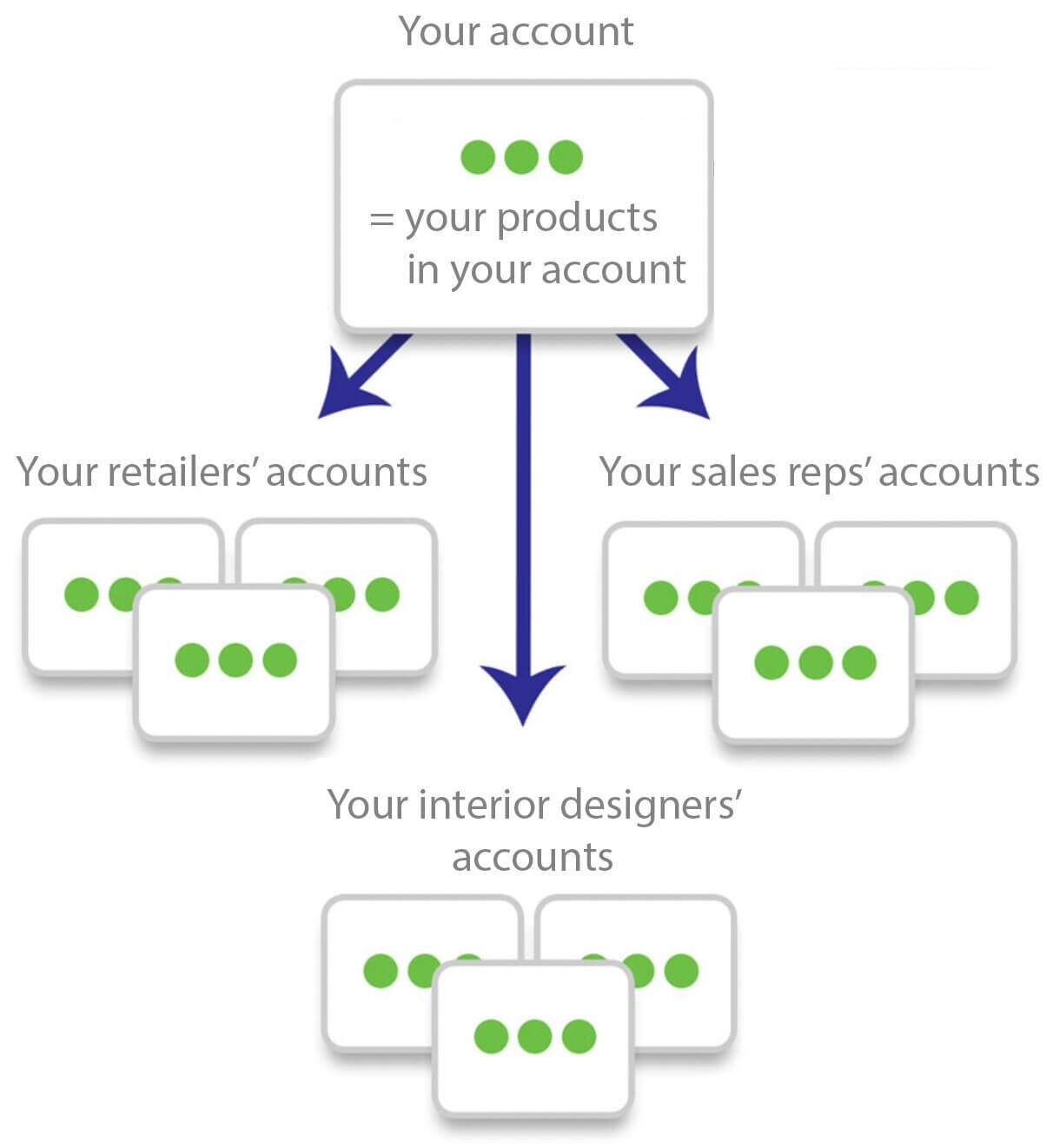
To start the process of Syncing your products, you place them in your Shop Local account. Your Shop Local account acts as database that only shares your products with retailers, sales reps, and businesses with which you've approved Syncing your products.
Survey base: 42 brick-and-mortar Shop Local retailers
» Read Brand Syncing case study
Retail Members
Easily Sync Your Products With the America's Top Independent Stores
1,454 retailers use the Syncing service, including:
- 853 Gift shops
- 666 Home goods stores
- 128 Jewelry stores
- 120 Tableware stores
- 82 Women's clothing stores
- 74 Interior design studios
- 72 Kitchen stores
- 66 Furniture stores
Our Brand Clients
Which Brands Use the Syncing Service?

Jason Solarek (Bridge / Shop Local), Andrew Pickard Morgan (Pickard China), Marisa LeDonne (Rosenthal) and Tim DeVine (DeVine Corp.)
Brand Examples
Video: Why Brands Use Syncing
In this nine minute video, Shop Local's Jason Solarek shares how the Brand Syncing service bridges the gap in online distribution. Jason covers:
- Why a retailer struggles to add a brand’s products to its website.
- An example of how Syncing helps a brand.
- How a retailer can use Shop Local Store as a stand-alone site or add it alongside an existing e-commerce offering (such as a Shopify store, Facebook Marketplace, etc.).
Visit our friends at Pizazz: https://pizazz.myshoplocal.com/
Remember In-store, Branded Displays?
We've Made Them Digital
For decades, brands have paid retailers to set up a display in the retailers' stores. Ralph Lauren's Polo, Nautica, Jimmy Choo, and other leading brands paid department stores to set up displays and manage their brand appearance. This helps the brands and the stores increase sales.
As we all know, retail has gone digital. Thirty percent of retail sales are now online. What if there was a way for brands to sponsor displays like these physical ones but do so online? There is: our Brand Syncing service allows brands to set up digital displays on a store's website. The brand manages the images and product assortment. The store is responsible for handling the sale and delivering the goods.
More than one hundred brands use our digital display technology, including Versace, Vera Wang, and Juliska. They manage their brand on stores across the United States, Canada, and the Caribbean. Bridge brought to indie stores' websites what Bloomingdales used to offer on its store floor. We're allowing brands to operate 'mini-stores' within the retailers' sites.
Adding Your Products
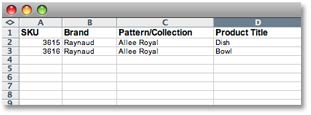
When you join the Syncing service, you'll send us an Excel file. We'll help you format this sheet for import to your Shop Local account. We use the Product Share formatting standards.
Join
- Open a free Shop Local account.
- Sign-up for the Syncing service. Plans start at $35/month (View pricing).
- We will help you through the steps to load your products to your account. (There is a one-time $329 boarding fee.)
- We will show you how to manage your products.
- You can add, edit, and delete products. You can add and share files, news, and promotions. What you share will appear in real-time on your friended business's accounts.
- You choose with which retailers and businesses you Sync your products.
FAQ for Syncing Service
Please view our FAQ pageRecent Updates to Synced Products
$209.00 $239.00
$30.00 • 14%
Rochard Limoges
Traditional Styles
Oblong " Happy Anniversary"
Updated: Today
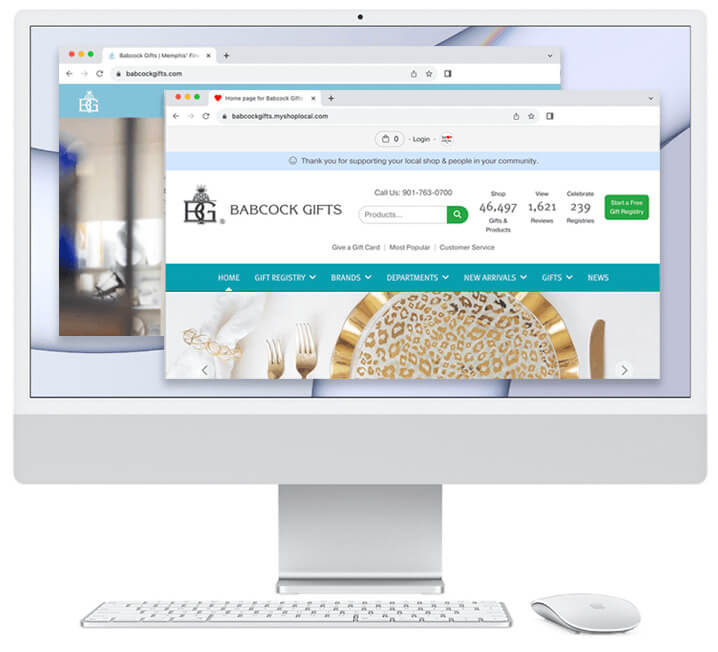


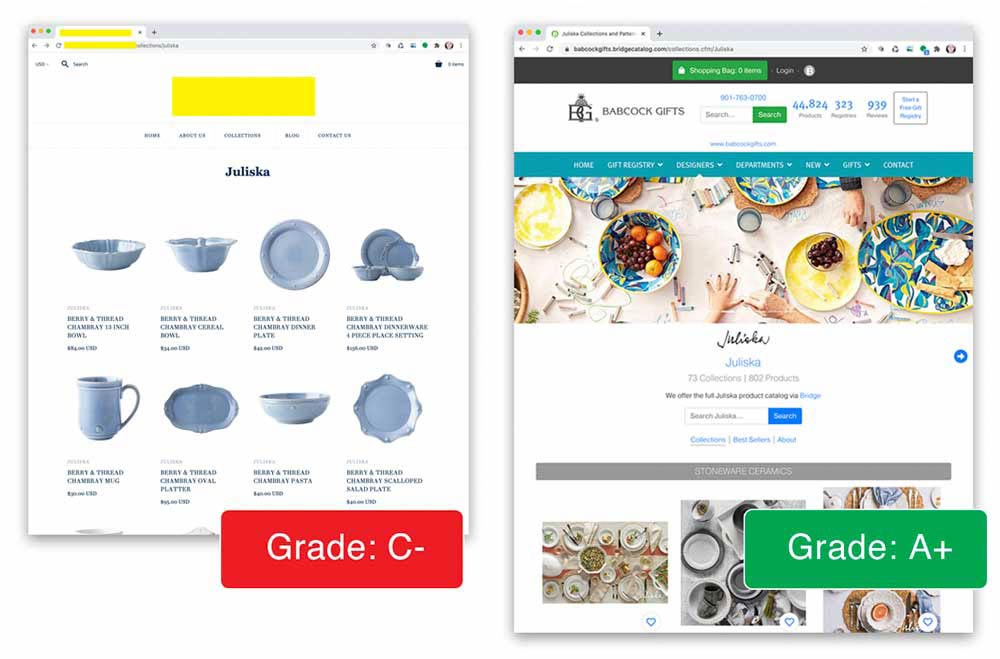
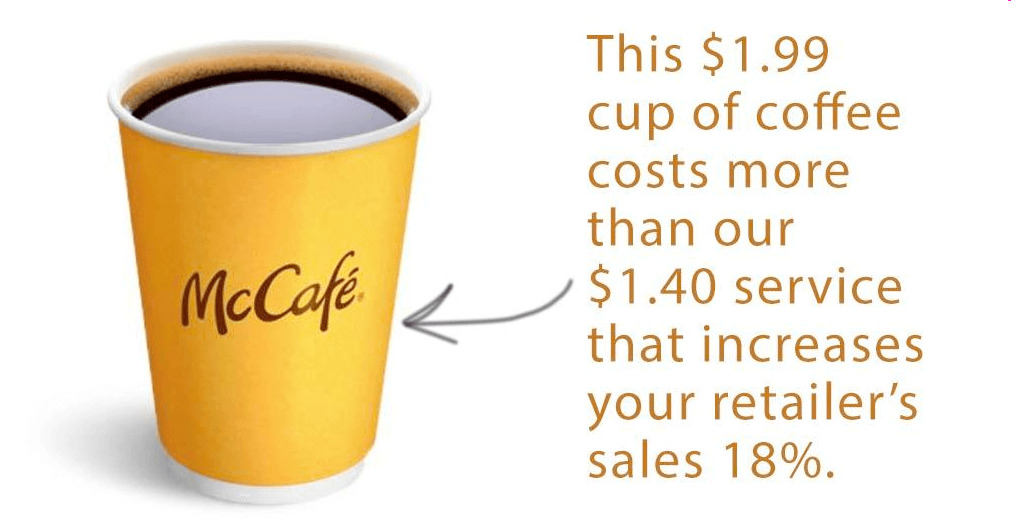

















































.jpg)




